5 Essential Tips for Choosing the Perfect White Internal Doors
Selecting the right white internal doors for your home can significantly enhance both the aesthetic appeal and functionality of your living space. With a multitude of styles, materials, and finishes available, making a decision can feel overwhelming. However, understanding a few key factors can simplify the process and help you choose doors that seamlessly complement your interior design. In this guide, we will explore five essential tips for selecting the perfect white internal doors that align with your personal style and practical needs.
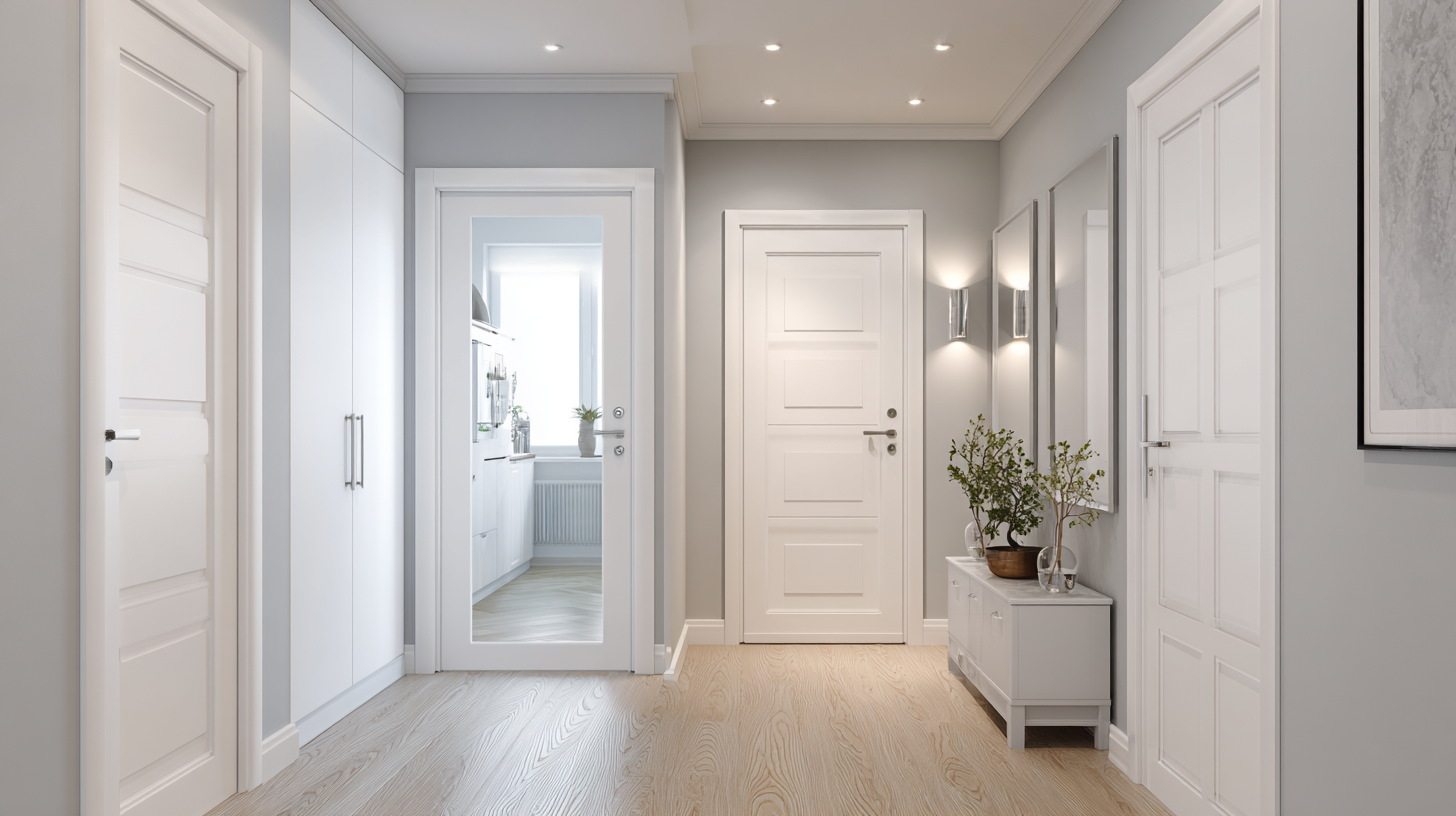
Whether you're renovating, building, or simply updating your space, these insights will assist you in making an informed decision that balances beauty and practicality. Emphasizing the importance of matching your doors with other design elements, we aim to ensure that your choice of white internal doors becomes a harmonious part of your home’s overall look and feel.
Understanding Different Materials: Which White Door is Right for Your Home?
When selecting white internal doors for your home, understanding the different materials available is crucial in making the right choice. Common materials include solid wood, hollow core, and engineered products, each offering unique benefits. Solid wood doors are renowned for their durability and classic aesthetic, bringing a timeless elegance to any interior. However, they can be heavier and may come at a higher price point. In contrast, hollow core doors are lighter and often more budget-friendly, making them a practical choice for many homeowners. Engineered doors, constructed from a combination of wood products, provide an excellent balance between strength and affordability while offering various finishes.
Additionally, consider how the door material will complement your home's overall design. For example, sleek panel designs in a smooth finish can enhance contemporary spaces, while detailed molding might better suit a traditional setting. The choice of door materials not only impacts the visual appeal of your home but also influences insulation and soundproofing qualities, making it essential to prioritize both style and functionality in your selection.
Material Comparison for White Internal Doors
Evaluating Energy Efficiency in White Internal Doors: A Key Component for Sustainability
When selecting white internal doors, energy efficiency should be a primary consideration, particularly for those aiming for a more sustainable home. According to the U.S. Department of Energy, energy efficient doors can reduce heat loss by 20-30%, contributing significantly to lower heating and cooling costs. When internal doors are well-insulated, they not only enhance comfort by maintaining stable indoor temperatures but also minimize energy consumption.
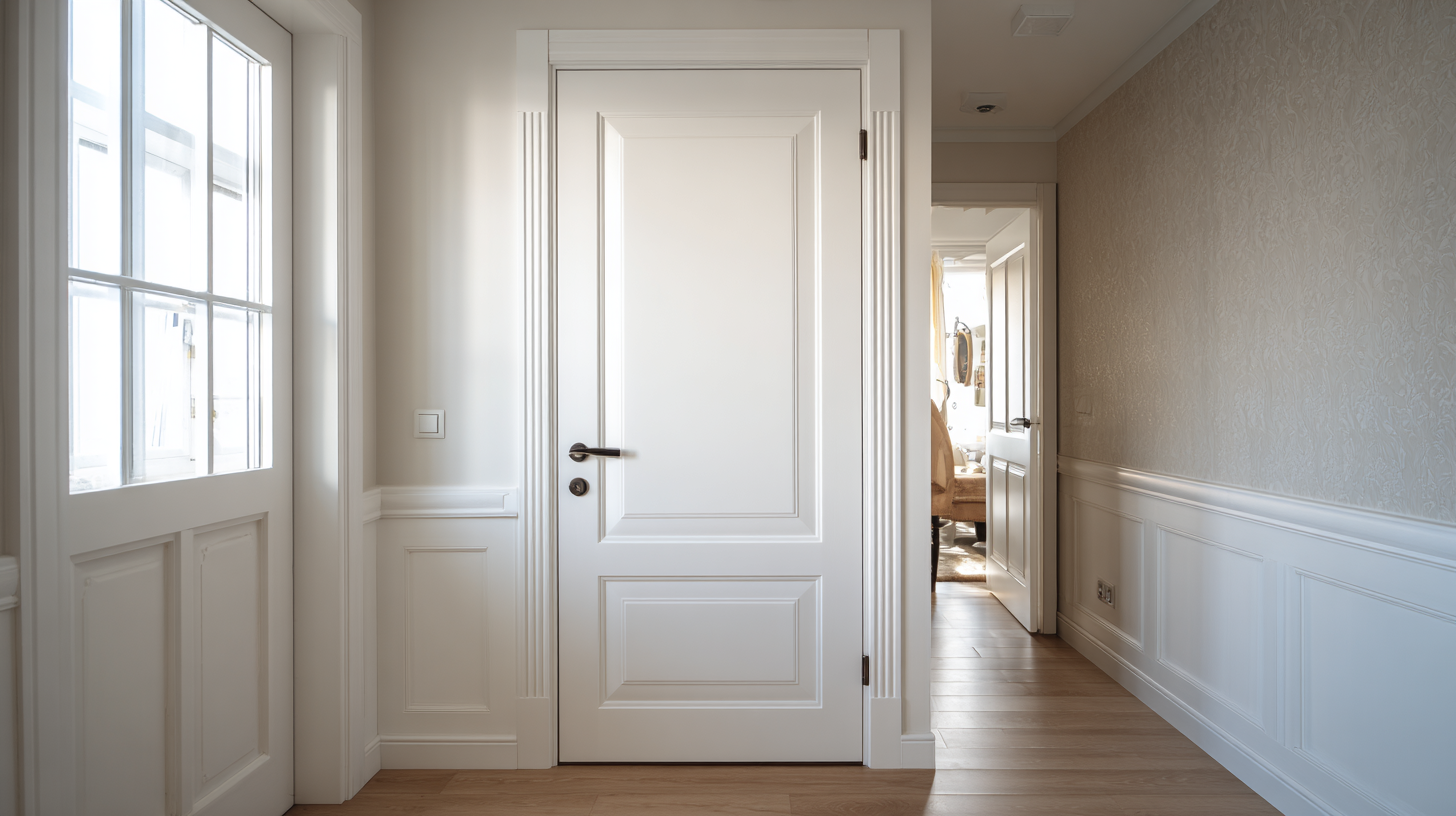
Incorporating materials such as solid core doors can improve thermal efficiency. A recent report from the National Institute of Standards and Technology (NIST) highlights that solid core doors can offer higher R-values compared to hollow core options, translating to better insulation and less energy waste. Choosing the right white internal door with an energy-efficient design is not just a matter of aesthetics; it plays a crucial role in fostering sustainable living and reducing your carbon footprint in the long run.
Choosing the Right Style: How Design Trends Influence Your Door Selection
When selecting the perfect white internal doors, understanding current design trends is crucial. Modern aesthetics often favor minimalist designs, making flat-panel doors increasingly popular. This style not only contributes to a clean, sleek look but can also enhance the sense of space in your home. Opting for these designs can harmonize with various interior styles, from contemporary to Scandinavian, ensuring your doors complement the overall ambiance.
In addition to minimalist options, consider how texture can play a pivotal role in your selection. Textured doors, such as those with shiplap or raised panels, can add depth and character to your interiors. These styles are gaining traction as homeowners seek to break away from uniformity, allowing for a unique expression that stands out against a backdrop of plain walls. By aligning your door choice with design trends, you can create a cohesive and inviting environment that reflects your personal taste while maintaining a modern edge.
Assessing Door Thickness and Insulation for Optimal Soundproofing
When selecting the perfect white internal doors, a critical aspect to evaluate is the door's thickness and insulation, as these factors play a significant role in soundproofing. A report from the Acoustic Society indicates that doors with a thickness of at least 1.75 inches can significantly reduce sound transmission, improving the privacy and comfort of your living space. In environments where noise control is essential, such as in home offices or bedrooms, investing in thicker doors can yield substantial benefits.
One essential tip while choosing doors is to consider solid core options. Solid core doors typically offer better sound insulation compared to hollow core doors, which can allow noise to seep through. According to a study published by the Institute of Noise Control Engineering, solid core doors can reduce decibel levels by up to 25% compared to their hollow counterparts.
Furthermore, it’s vital to assess the insulation quality of the door. Look for doors that come with built-in insulation materials that not only minimize sound but also improve energy efficiency. A door with good insulation can help maintain a consistent temperature and reduce energy costs. A well-insulated door can lower heating and cooling bills by approximately 20%, according to Energy Star reports, making it a practical choice for any home.
Exploring Hardware Options: The Impact of Quality on Door Longevity and Security
Choosing the right hardware for your white internal doors is crucial not just for aesthetics but also for ensuring longevity and security. Quality hardware, including hinges, locks, and handles, can significantly affect the door's overall performance. For instance, heavy-duty hinges made from stainless steel can withstand daily use without sagging or failing, maintaining the door’s alignment and function over time. Investing in high-quality components is essential if you want your doors to last while also providing a seamless opening and closing experience.
Moreover, the security of your space is heavily influenced by the choice of locks and handles. Opting for high-security locks can dramatically reduce the risk of unauthorized access. Look for options that incorporate advanced features such as anti-drill and pick-resistant designs. Additionally, the finish and material of the hardware play a pivotal role in both the look and durability of your doors. Choosing a finish that complements the door design while also resisting corrosion and wear will enhance both the aesthetic appeal and lifespan of your white internal doors.
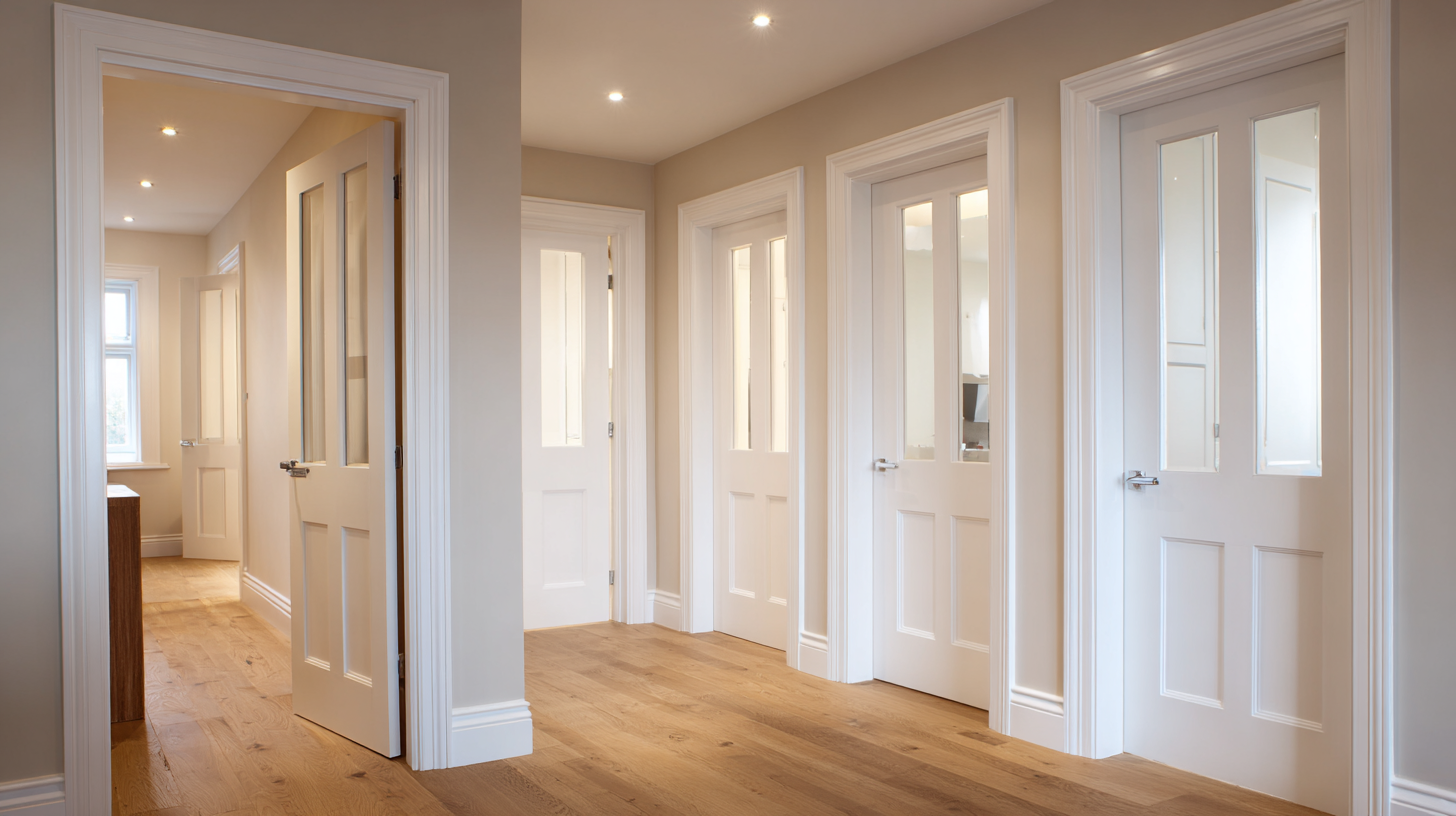
Related Posts
-
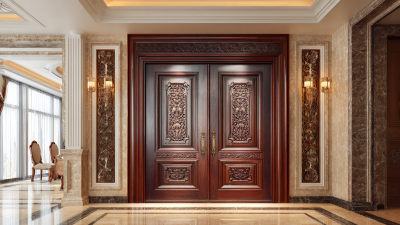
Exploring Market Trends for Oak Doors at the 138th Canton Fair 2025: Insights and Industry Growth Data
-
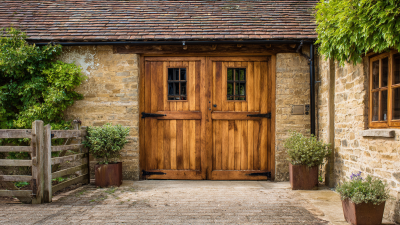
7 Essential Tips for Choosing Solid Oak Doors: Discover the 90% Durability Advantage
-
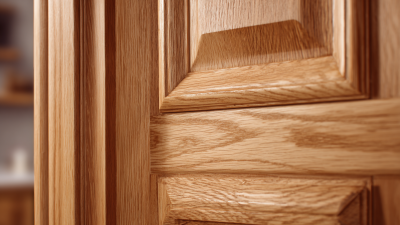
Exploring the Growth of Solid Oak Doors Market at the 138th Canton Fair in 2025
-
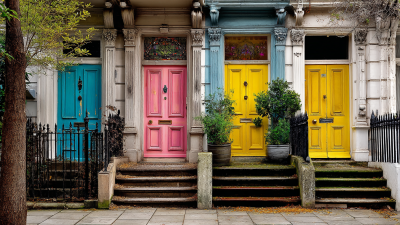
How to Choose the Perfect Victorian Front Door: Essential Tips and Trends for Lasting Appeal
-
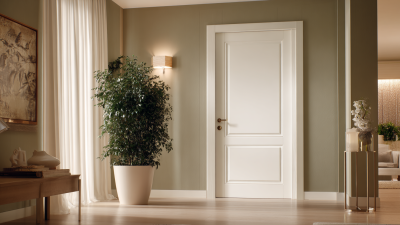
How to Choose the Right Made to Measure Internal Doors for Your Home
-
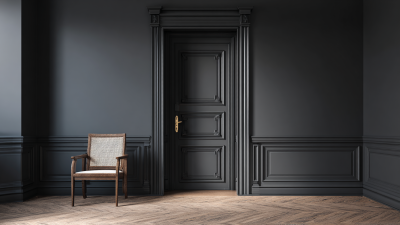
Why Choosing Black Internal Doors Can Transform Your Home's Aesthetic and Functionality
